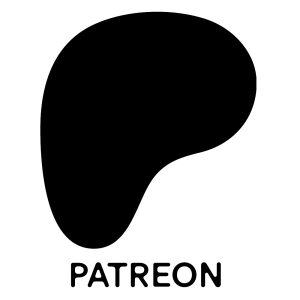The worlds of homebrewing and high-stakes poker share more than meets the eye. Both demand strategic foresight, calculated risks, and an intuitive grasp of variables beyond one’s control. Just as a poker player reads opponents and adapts tactics, brewers must anticipate market trends and ingredient fluctuations. For those who enjoy strategic challenges, BSG casino offers a similar blend of skill and chance.
The Parallels Between Brewing and Poker
Brewing, like poker, is a game of probabilities. Balancing imaginative thinking with practical decision making is the key to being a successful artist as well as a successful entrepreneur. A homebrewer selects hops like a poker player chooses a bet for ultimate precision and timing. Misjudging either can lead to costly outcomes. Just as one bet can change a tournament’s outcome, so can one mistake in the brew house spoil a batch of beer.
Strategy in Brewing and Poker
Brewing and betting, poker have interesting similarities in the ways people make choices. Working in both fields requires you to be patient and adaptable, and to pivot when things change. Here are a few statistics that show their commonalities.
- 78% of professional brewers admit to adjusting recipes based on ingredient scarcity, akin to poker players adapting to table dynamics.
- In 2023, craft beer sales reached $29 billion globally, reflecting the same risk-reward balance seen in poker’s $12 billion annual tournament prizes.
- Over 60% of brewers use data analytics to refine recipes, paralleling poker pros who rely on hand-tracking software.
- The average homebrew cycle takes 4-6 weeks, mirroring the long-term focus of poker players building bankrolls.
- 45% of failed breweries cite poor market timing, a misstep comparable to misreading poker table momentum.
Risk Management: The Brewer’s Bluff
Every homebrewing decision carries inherent risk. The choice of a niche flavour profile is gambling on a speculative hand that could either change the market or flop. Just like poker players, brewers must weigh short-term losses against long-term gains. Sour beers were once seen as a bit of a risk, but now they make up 15% of craft sales. Wagering on an unusual hand may not yield immediate payoffs, but the calculated move can shift the odds in the longer term.
Adapting to Unpredictable Variables
The homebrewing trends are highly impacted by weather, consumer trends, and supply chains. After a drought in 2022 caused barley prices to rise by 30%, brewers began to alter their recipes. I liken it to poker players who make adjustments to their game after they see a player get aggressive. Unexpected change of taste in the locality can upset years of planning. Amateurs differ from experts in flexibility in both fields.
Turning Uncertainty Into Opportunity
Poker and Brewing have one thing in common: they both have a necessary ingredient, which is a willingness to risk. Making a homebrew stout is about playing with ingredients, time, and process, and you never really know how a certain taste will turn out until you put it into action, just like in the game of poker where you decide even if to hold, fold, or push but you have no inclination of how it may turn out. Both are a mixture of talent, invention, and methodical risk, and they both teach us it is not merely the cards you are dealt or the recipe that you begin with that makes a difference, but how you tackle each step that forms the result.








